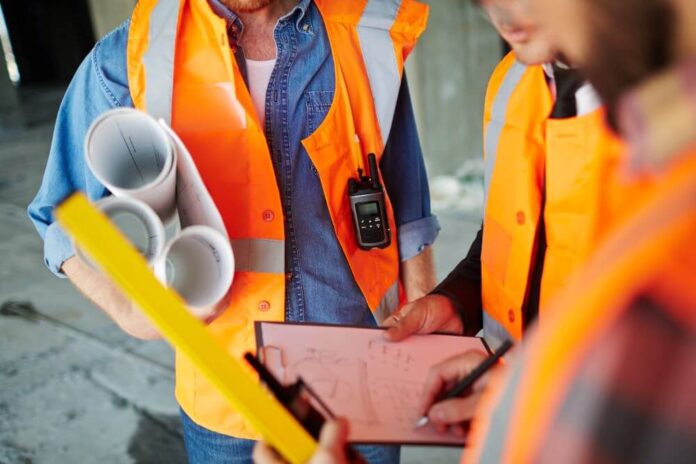Workplace safety continues to be a focus for businesses regardless of their size. Taking care of employees helps increase morale and improve productivity. Having a safety rescue plan in place can mean the difference between a mishap and a significant disaster. This article provides advice on creating a safety plan.
Understanding the Importance of Safety Plans
Having a safety strategy offers a way to handle unexpected situations effectively by identifying risks and establishing protocols to lessen them in the workplace. It gives employees reassurance, as they know there are measures in place to ensure their safety during events. Moreover, a well-thought-out safety rescue plan can help lower responsibilities and financial setbacks significantly.
Assessing Workplace Risks
Before creating a safety rescue strategy at work, it’s important to recognize any hazards, in the environment foremost. Regularly assess the area to highlight any issues that may arise. Think about things like equipment safety, the stability of structures, and environmental risks. Involving staff members in this procedure promotes understanding and cultivates a sense of responsibility.
Setting Clear Objectives
Setting achievable goals is crucial when creating a safety rescue strategy. This helps measure the plan’s success over time and allows for regular improvements to enhance safety measures and response efficiency. Having clear objectives is essential to meeting them.
Developing Emergency Protocols
After determining risks and setting objectives in place, develop emergency procedures that outline steps for addressing different situations. Clearly define roles and duties to avoid confusion in times of crisis. Regular practice drills and training sessions are essential to solidify these protocols so team members are well-prepared for emergency situations.
Equipping the Team with Necessary Tools
It’s crucial to have the tools and resources in place to create a safety strategy. Invest in top-notch safety gear and ensure that it’s easily accessible in all work areas. Regularly checking and maintaining these tools is key to ensuring they work properly when required. Equally important is providing training so that team members can use the equipment effectively.
Communicating the Plan to All Members
For a safety plan to be successful, it is essential that communication is done effectively in the team setup. This can be done by making sure every member grasps the right protocols and is aware of where to access information, like meetings or emails, and even posters, to spread the word around. Encouraging member input helps create an inclusive setting where team members feel appreciated and valued.
Monitoring and Evaluating the Plan
Consistent monitoring and assessment play a role in upholding a safety rescue strategy. Reviewing incident records routinely helps pinpoint trends and spots where enhancements can be made. Periodically conducting audits to ensure adherence to procedures is essential. Seeking input from team members can provide perspectives for fine-tuning the plan.
Adapting to Changes and New Challenges
In work settings that are always changing due to technologies and new methods, it’s essential to update the safety rescue plan to keep it effective over time. Keeping up to date with industry norms and integrating changes into the plan is key. Being adaptable helps the plan stay current and strong in facing risks that may arise.
Promoting a Culture of Safety
Creating a safe culture goes beyond just having a safety plan in place. It also entails promoting open discussions about safety issues and acknowledging successes in reducing accidents. It also entails praising employees who play a role in upholding a secure workplace environment, ultimately fostering a proactive attitude towards safety that motivates individuals to take responsibility for their behavior.
Leveraging Technology for Enhanced Safety
Advancements in technology present resources to improve safety in the workplace environment. One can use platforms for communication in case of emergencies and incorporate software programs to monitor safety issues. One can create reports and adopt solutions to safety protocols, which can lead to the creation of an effective and timely rescue strategy.
Encouraging Continuous Learning and Improvement
Safety is a never-ending process rather than a final goal. Encourage education by providing workshops and extra training sessions. Keeping team members updated on safety procedures and technologies helps them stay ready for any circumstance. Dedicating to enhancement nurtures a competent workforce.
Conclusion
Establishing a safety rescue strategy entails preparation and persistent commitment over time. Evaluating hazards and establishing goals while providing teams with essential resources and support systems in place can lead to a safer workplace environment. Encouraging a mindset focused on safety and flexibility helps maintain the strategy’s effectiveness in addressing changing circumstances. In the end, prioritizing safety is advantageous for all parties concerned—from staff members to the organization.
